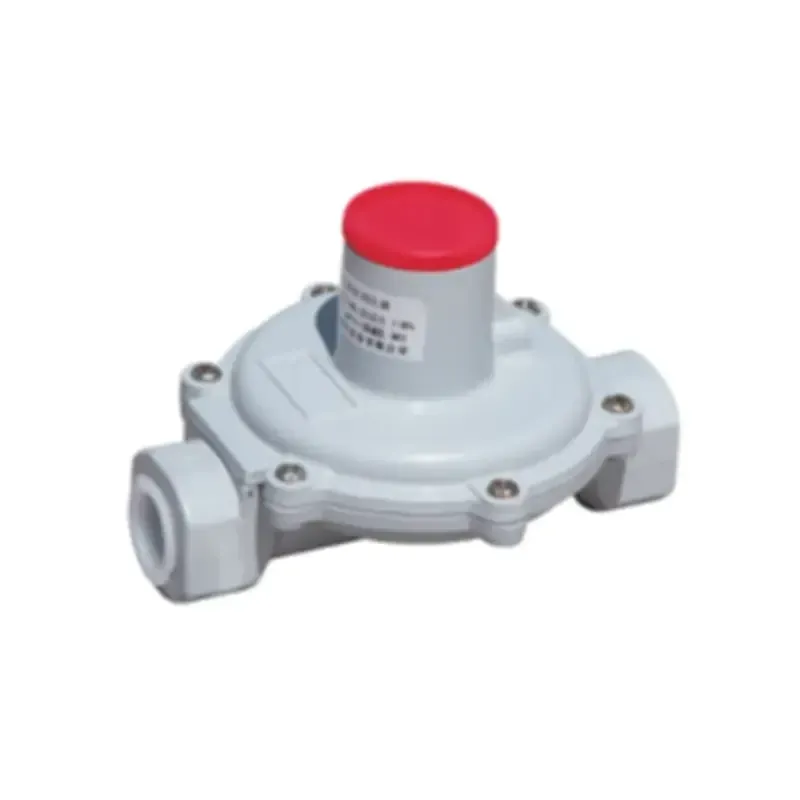
Oct . 18, 2024 09:56
Back to list
Understanding the Functionality and Applications of Cyclone Separators in Industry
Understanding Cyclone Separators Principles and Applications
Cyclone separators are widely recognized as efficient devices used in various industries to separate particles from gases or liquids. Leveraging centrifugal force, these separators manage to extract dust, aerosols, smoke, and other particulate matter, contributing significantly to air quality management, environmental protection, and process efficiency in industrial operations. This article delves into the principles of cyclone separation, its construction, working mechanism, advantages, limitations, and applications.
Principles of Cyclone Separation
At the heart of a cyclone separator's operation is the unique principle of centrifugal separation. When a mixture of gas and particulate matter enters the separator, it moves tangentially into a cylindrical chamber. This tangential entry imparts a rotational motion to the mixture, creating a centrifugal force that acts on the particles. Heavier particles, influenced by this force, are flung outward against the walls of the separator. Meanwhile, the lighter gas continues to flow upward, leading to a separation of particles from the gas stream.
Construction and Working Mechanism
A cyclone separator typically consists of three main parts the inlet, the cylindrical body, and the outlet.
1. Inlet The design of the inlet is critical as it determines the efficiency of particle separation. The swirling motion introduced at the inlet helps in maximizing the interaction between the particle-laden gas and the centrifugal forces.
2. Cylindrical Body The cylindrical body serves as the main separation chamber where the centrifugal force acts on the particles. The design may vary, with some cyclones having a conical bottom that enhances the separation process by directing heavier particles toward the collection point.
3. Outlet At the top of the cyclone, a gas outlet allows the cleaned gas to exit the separator, while a dust outlet at the bottom facilitates the removal of collected particles.
As the gas spirals downward, larger and heavier particles fall to the bottom, where they can be collected and removed. The efficiency of this mechanism depends on several factors, including the particle size, density, and the speed of the gas flow.
Advantages of Cyclone Separators
Cyclone separators come with numerous advantages, making them an essential tool in pollution control and industrial processes
cyclone separator

- Efficiency Cyclone separators are effective in removing large particulate matter from gases, achieving separation efficiencies of up to 99% for particles larger than a certain size
.- Low Operating Costs With no moving parts, cyclone separators require minimal maintenance and operating costs. Their robust design enhances longevity and reduces the need for replacement.
- Versatility They can be used in various applications across different industries, from food processing to mining and energy production, demonstrating adaptability to various operational conditions.
- Environmentally Friendly By efficiently eliminating particulate pollutants from gas streams, cyclone separators contribute to improved air quality and compliance with environmental regulations.
Limitations of Cyclone Separators
Despite their advantages, cyclone separators have certain limitations
- Size Limitations Cyclones are generally less effective for very fine particles (usually below 10 microns), which may require additional filtration techniques, such as bag filters or electrostatic precipitators.
- Pressure Drop The operation of a cyclone separator can be influenced by pressure drop, which can affect the overall system performance and may necessitate additional energy input.
- Not Ideal for High Moisture Content The presence of moisture can affect the performance of a cyclone separator, leading to increased wear and potential operational issues.
Conclusion
In conclusion, cyclone separators play a crucial role in various industrial applications by efficiently separating particulates from gas or liquid streams. Their operational principles based on centrifugal force harness efficiency, low operational costs, and adaptability across diverse sectors. Understanding their working mechanisms, advantages, and limitations enables industries to make informed decisions regarding air pollution control and process optimization, ensuring that such effective solutions are integrated into their operations. As environmental concerns continue to rise, the importance of efficient particulate separation technologies like cyclone separators will undoubtedly grow, supporting sustainable practices in industrial processes.
Latest news
-
Safety Valve Spring-Loaded Design Overpressure ProtectionNewsJul.25,2025
-
Precision Voltage Regulator AC5 Accuracy Grade PerformanceNewsJul.25,2025
-
Natural Gas Pressure Regulating Skid Industrial Pipeline ApplicationsNewsJul.25,2025
-
Natural Gas Filter Stainless Steel Mesh Element DesignNewsJul.25,2025
-
Gas Pressure Regulator Valve Direct-Acting Spring-Loaded DesignNewsJul.25,2025
-
Decompression Equipment Multi-Stage Heat Exchange System DesignNewsJul.25,2025

